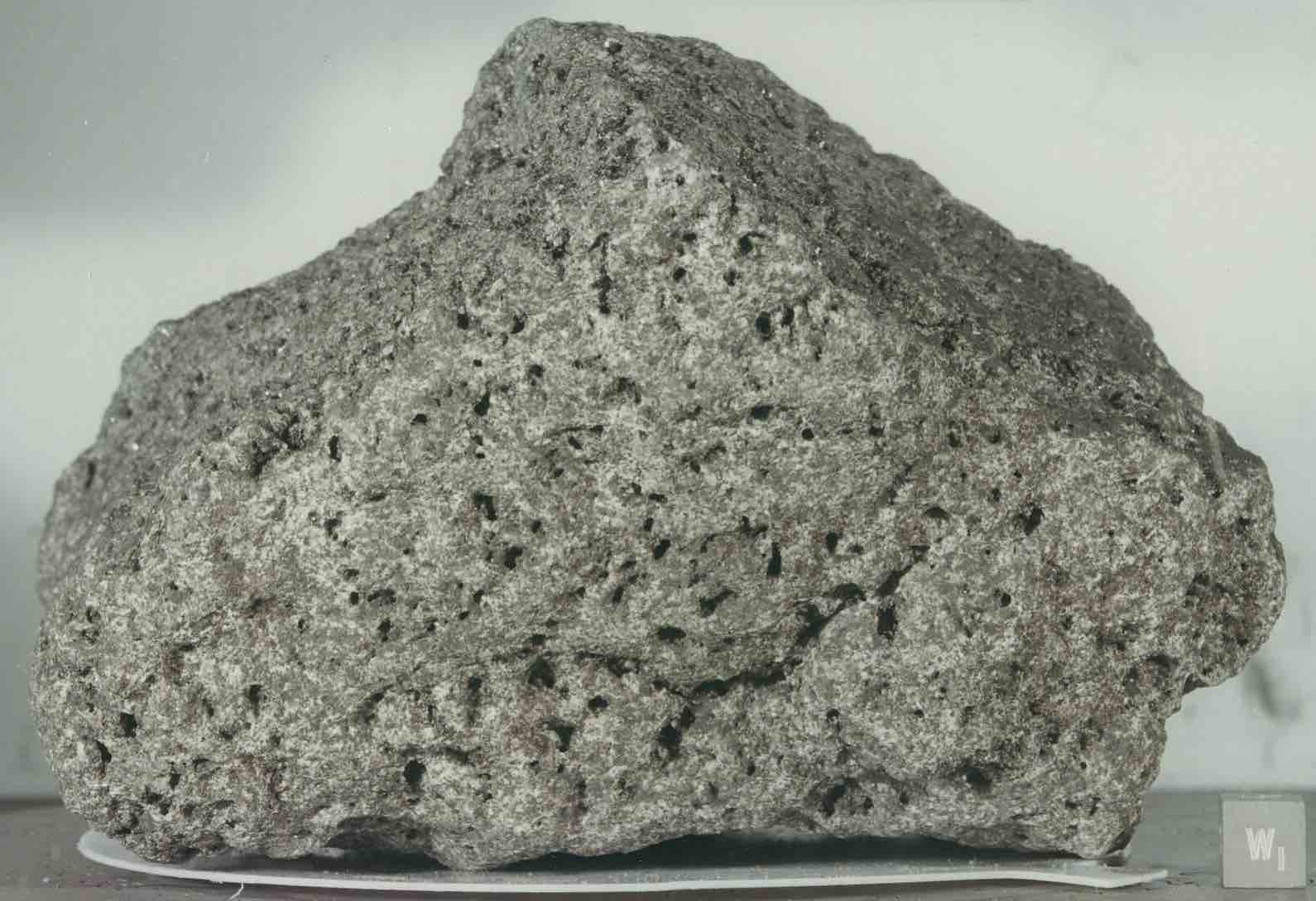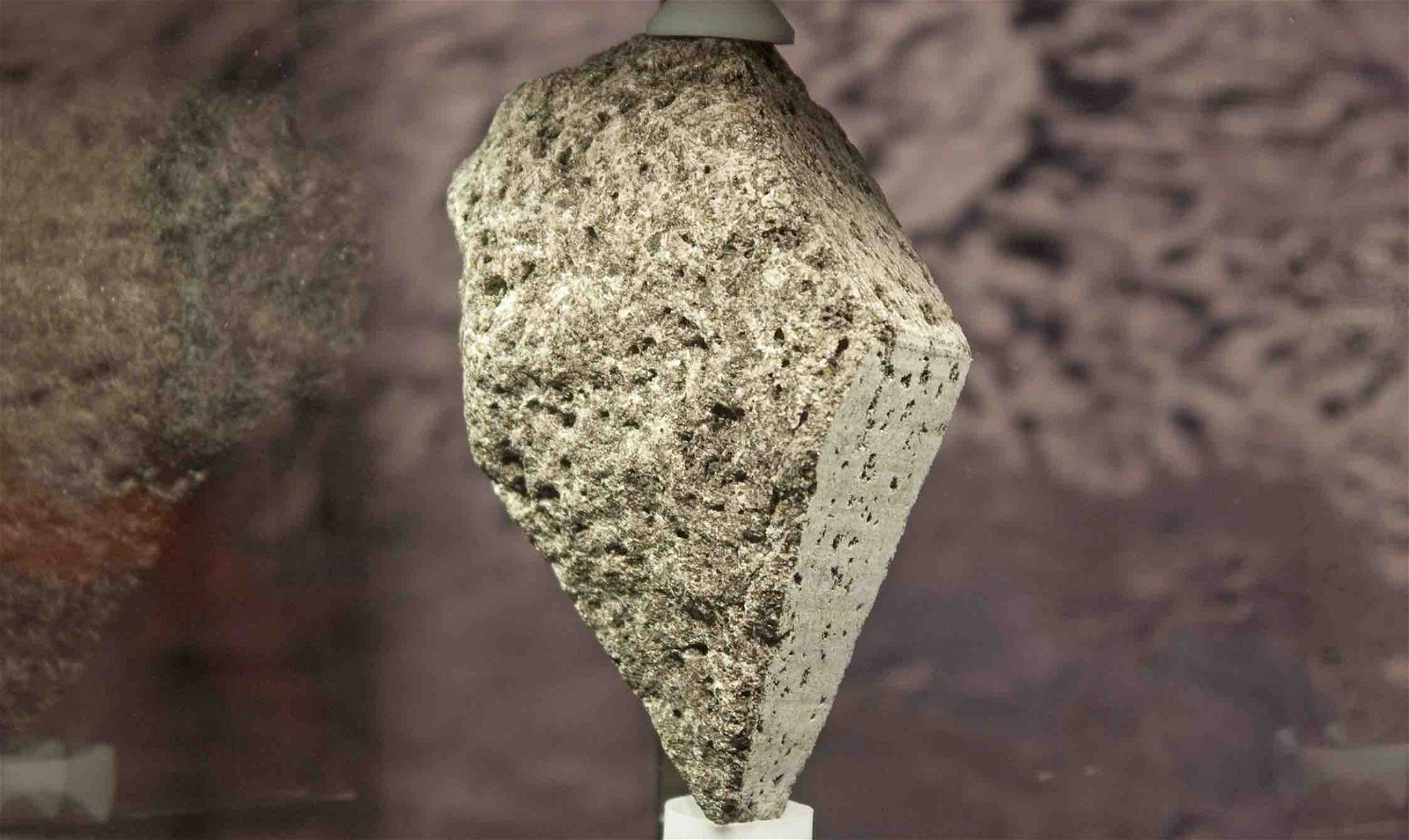A longstanding Moon rock mystery has finally been solved, according to new research that is revealing the process behind their formation, one that has long eluded scientists.
The new findings help to explain not only the composition of a specific variety of Moon rocks but also how and why they are present on the lunar surface to begin with.
A key step in the formation of distinctive magmas that give rise to these stony formations on the Moon has been revealed during lab experiments where scientists induced temperatures high enough to melt certain varieties of rocks from Earth.
Isotopic analysis of lunar rock samples also helped to reveal a key reaction that governs the composition of the long-mysterious Moon rocks. The new findings were published in the journal Nature Geoscience.
Origins Deep Within the Moon
Close to half a billion years ago, reactions involving the exchange of iron present in lunar magma and magnesium contained within the surrounding rocks introduced changes to the molten material that modified how it melted.
Tim Elliot, Professor of Earth Sciences at the University of Bristol and co-lead author of a new paper describing the research, says that the origins of volcanic lunar rocks can be likened to the ‘avalanche’ of a planet-sized pile of crystal resulting from the cooling of an ancient magma ocean.
“Central to constraining this epic history is the presence of a magma type unique to the Moon,” Elliot said in a statement, adding that “explaining how such magmas could even have got to the surface, to be sampled by Space missions, has been a troublesome problem. It is great to have resolved this dilemma.”
Titanium Within Moon Rock Samples
High concentrations of titanium (Ti) have been known since it was detected in samples collected from the lunar surface during NASA’s Apollo missions. Known today as high-Ti basalts, satellite imagery of the lunar surface has revealed that these basaltic deposits rich in titanium are ubiquitous across the exterior of the Moon.


“The significance of our work is that prior models that explain how to get these signature magmas with such high Ti-contents make the lavas so dense they will not erupt,” Elliot told The Debrief in an email, noting that their extreme density would be due to their richness in iron.
“So although there was quite a plausible way to generate a high Ti source,” Elliot said, which involves the crystallization of the magma ocean model that he says also accounts for the bright white lunar crust, “there was a problem get the melts from this source to the surface once formed.”
“Our work solves this dilemma by showing that after creating such Ti-rich melts, their reaction with their surroundings reduces their density (swaps heavy Fe for lighter Mg), but doesn’t much change their concentration of Ti.”
“This then allows them to erupt,” Elliot explained.
New Models Explain a Longstanding Mystery
Elliot’s colleague, Dr Martijn Klaver, a Research Fellow at the University of Münster Institute of Mineralogy, added that up until today, models have been unsuccessful at recreating magma compositions that can match essential chemical and physical characteristics of high-Ti basalts.
“It has proven particularly hard to explain their low density, which allowed them to be erupted some three and a half billion years ago,” Klaver, co-lead author of the new study, said in a statement.
In their study, the international team was able to mimic the high-Ti basalts in the processes replicated in the lab by conducting experiments at very high temperatures. Based on their research, new measurements of the high-Ti basalts also revealed that there is a specific isotopic composition that offers a ‘fingerprint’ of the reactions the team was able to produce in their experiments.
Elliot told The Debrief that although titanium is of obvious value as a resource, its presence in Moon rock samples may not yet point to a viable new source.
“There has been some interest in the Ti as a resource,” Elliot told The Debrief, “but in economic terms, it is not as enriched the much easier to mine Ti-rich ‘heavy sands’ found on parts of the Earth.”
Nonetheless, the results of the team’s study show that melt-solid reactions are a crucial component in helping lunar scientists understand how these unique magmas are formed and offer key insights into the longstanding mystery these lunar rocks have represented.
The team’s paper, “Titanium-rich basaltic melts on the Moon modulated by reactive flow processes,” was published this week in Nature Geoscience.
Micah Hanks is the Editor-in-Chief and Co-Founder of The Debrief. He can be reached by email at micah@thedebrief.org. Follow his work at micahhanks.com and on X: @MicahHanks.

